Campaign to preserve Glasgow's maritime history heats up
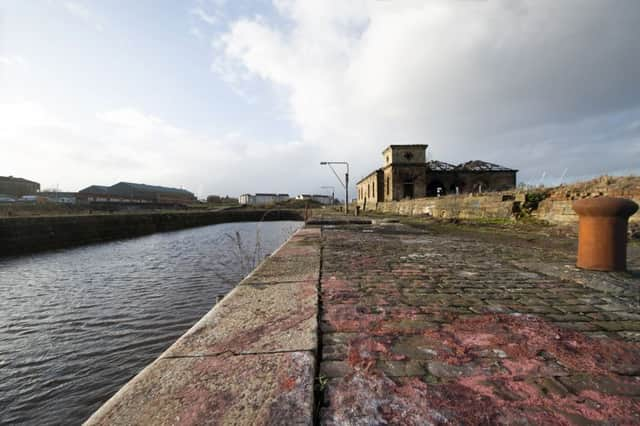

Govan graving docks is a short distance from Glasgow Science Centre and the headquarters of BBC Scotland, yet few people venture to this largely forgotten relic of the city’s industrial past.
The huge site, comprising three dry docks and associated piers, was built in stages from 1869. Its walls are lined with massive whinstone setts, topped by handcarved granite blocks.
Advertisement
Hide AdAdvertisement
Hide AdIt was ordered by the Clyde Navigation Trust to satisfy the then huge demand for ship repair services.
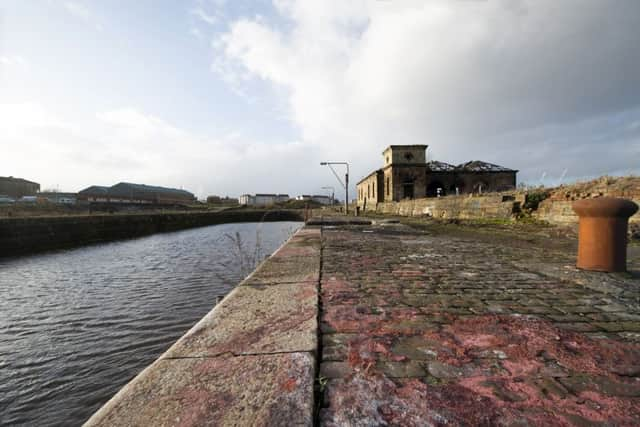

The term graving refers to the now obsolete process of coating the bottom of boats with pitch. At its peak, more than 500 men were employed to prepare ships for another gruelling season of crossing the oceans.
The Buildings at Risk Register describes it as an “outstanding complex, unique in Scotland,” but its future remains uncertain.
The graving docks closed in 1988 and were effectively abandoned. The site is now owned by New City Vision, a property developer, and a planning application to build housing across it is expected in the coming months.
Although the Clyde remains a working river - with BAE operating two yards at nearby Fairfield and Scotstoun - there is concern that too much of the waterway’s heritage has already been lost.
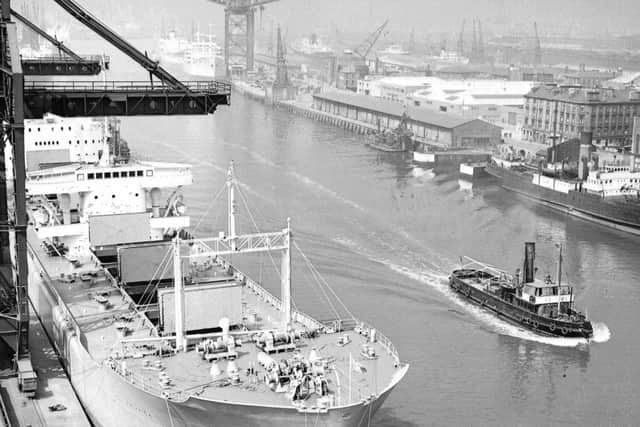

A campaign group, the Clyde Docks Preservation Trust, was established last year. Its members believe the Govan site should be preserved as a maritime heritage park.
“It’s Glasgow’s last remaining historic dock complex, so to cover it with bland waterfront flats you see elsewhere would be unfortunate,” said trust founder Iain McGillivray.
Advertisement
Hide AdAdvertisement
Hide Ad“It’s the unique maritime architecture of the docks that makes them special.
“I first became interested in the site as a photographer. I had always known there was a derelict dock there, but it was only when I saw an aerial image on Google Earth that I realised the scale of the place, and that it was worth closer inspection.”
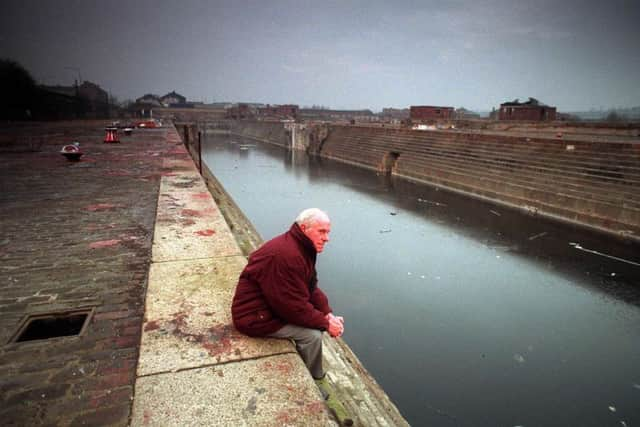

McGillivray has started an online petition calling for Glasgow City Council and other stakeholders to support the renovation of the graving docks as a shipbuilding heritage park.
More than 8,000 people have added their names since it was launched last month.
He believes the continuing popularity of traditional Clyde-built passenger boats such as the Waverley, and the recent public interest in the restoration of the Queen Mary, point to a future for the site.
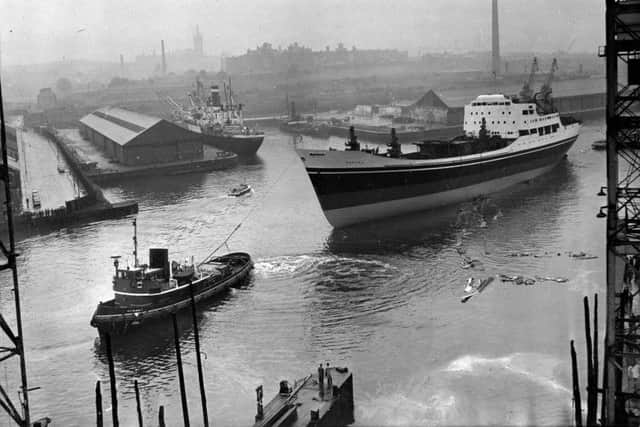

“We envisage historic boats being able to use the docks again,” he added.
Who would fund the necessary restoration works - estimated at several million - is another matter.
Advertisement
Hide AdAdvertisement
Hide AdAcross the Clyde from the graving docks stands the award-winning Riverside Museum, built on the site of the former Pointhouse shipyard.
Glasgow City Council purposefully chose the location as a nod to the Clyde’s industrial past and as a way of encouraging more people back to the river.
The zinc-clad building, designed by the late Zaha Hadid, was inspired by the large warehouses that once lined the waterway.
“We are committed to maintaining and celebrating our maritime heritage as any visit to the Riverside Museum would show,” a council spokesman said.
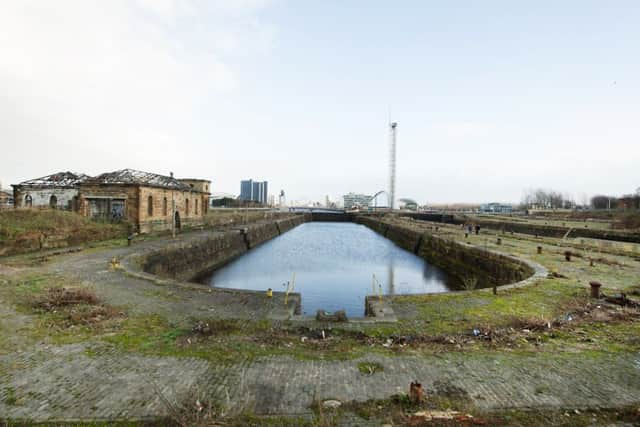

“Indeed the fact that this museum - which contains many pieces showing Glasgow’s huge contribution to maritime activities - is located on the banks of the Clyde is testament to the role the river continues to play in the life of the city.
“We have played a significant part in maintaining key heritage sites and structures on the waterfront, not to mention the huge successes on sites such as The SSE Hydro and Pacific Quay and all the regeneration activity that has followed through their creation.
“Organisations owning land on the banks of the river are also committed to developing their own sites.”
